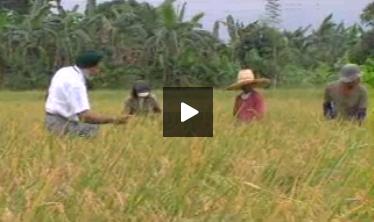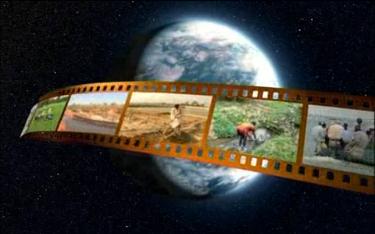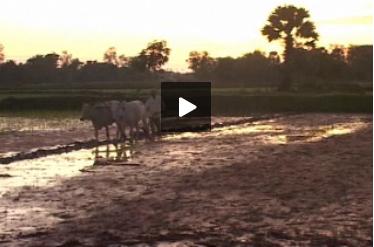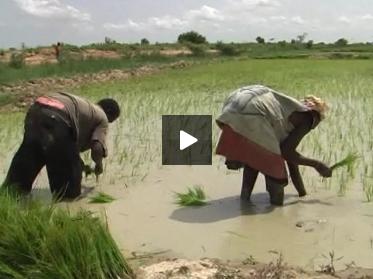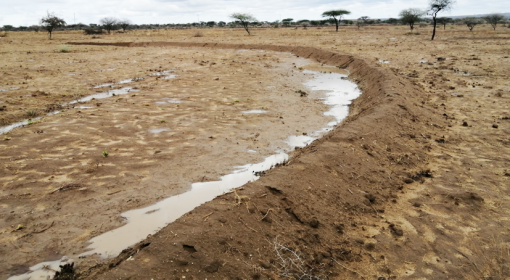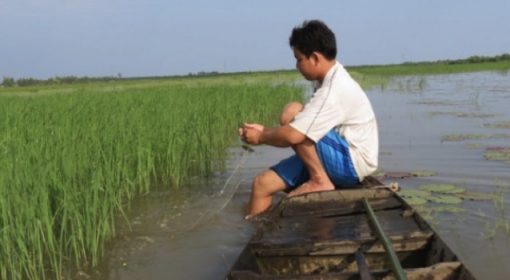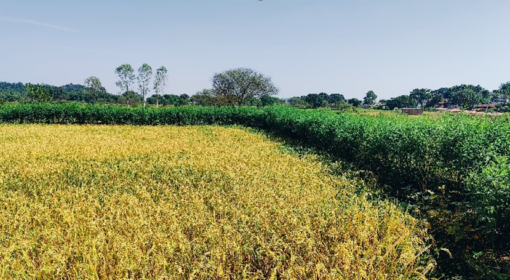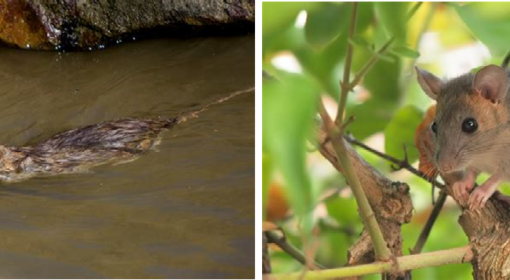Importance of Rice
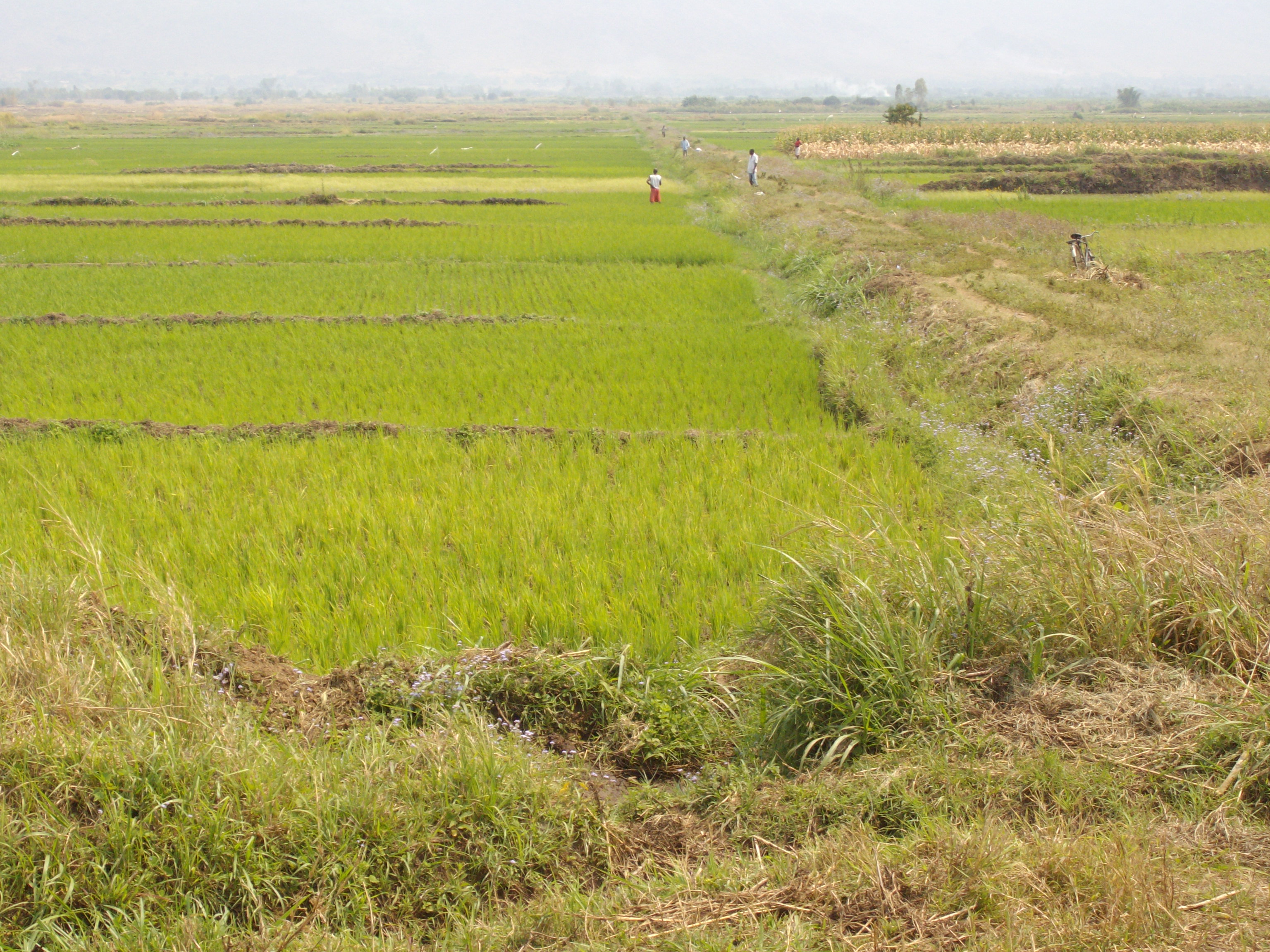
Rice Water Use
Rice is a heavy water consumer (can be produced both rain fed or irrigated). Input of much water on plots is needed to face the water losses by seepage, evaporation, percolation and transpiration.To produce 1 kg of rice, 5000 liters of water is needed. Because of the importance of rice in world’s food consumption, food security coheres with water security.
To ensure sufficient water, rice could be cultivated under flooding conditions (paddies). Although this is not necessarily needed during the whole growing season (for instance the ripening stage), there are positive side effects: weeds are killed and do not get a chance to grow. Besides, plants use nitrogen more efficiently under flooded conditions, insects cannot threaten the rice plants and it protects the plants against temperature fluctuations. Moreover, paddies could be a buffer for dryer times and rice transplantation is far more easy.
To establish these flooding conditions, farmers in Asia are constructing bunds for many years and their land is levelled. Bunds keep the water within the field, retain rainwater and limit losses by seepage. Breaches within the bunds let water flow from one field to another. Above all, these flooding conditions should be controlled, rice plants cannot stand to be submerged constantly. (www.IRRI.org) 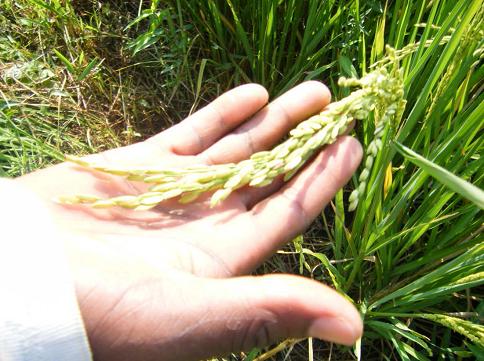
Rice Improvements
All over the world rice improvement research is done. This research focus for instance on high yielding varieties to foresee in the growing demand for rice all over the world.
- NERICA. This new rice variety stands for ‘New Rice of Africa’. Asian rice varieties are enhanced and crossed with the African type and a new variety has been developed by the Africa Rice centre. This new rice variety has the property of the African variant to resist drought, pesticide and poor soils and the property of the Asian parent of a high production. (www.africaricecentre.org)
- Golden Rice. Every year over 2 million children under the age of 5 die, because of a lack of Vitamin A. This can be prevented by consuming a varied diet. However, especially in developing countries, not all people have access to a varied diet. Those people should get it nutrient-dense staple crops. Nowadays a new rice variety has been developed which provides a plentiful source of vitamin A. This variety is called Golden Rice. (www.goldenrice.org)
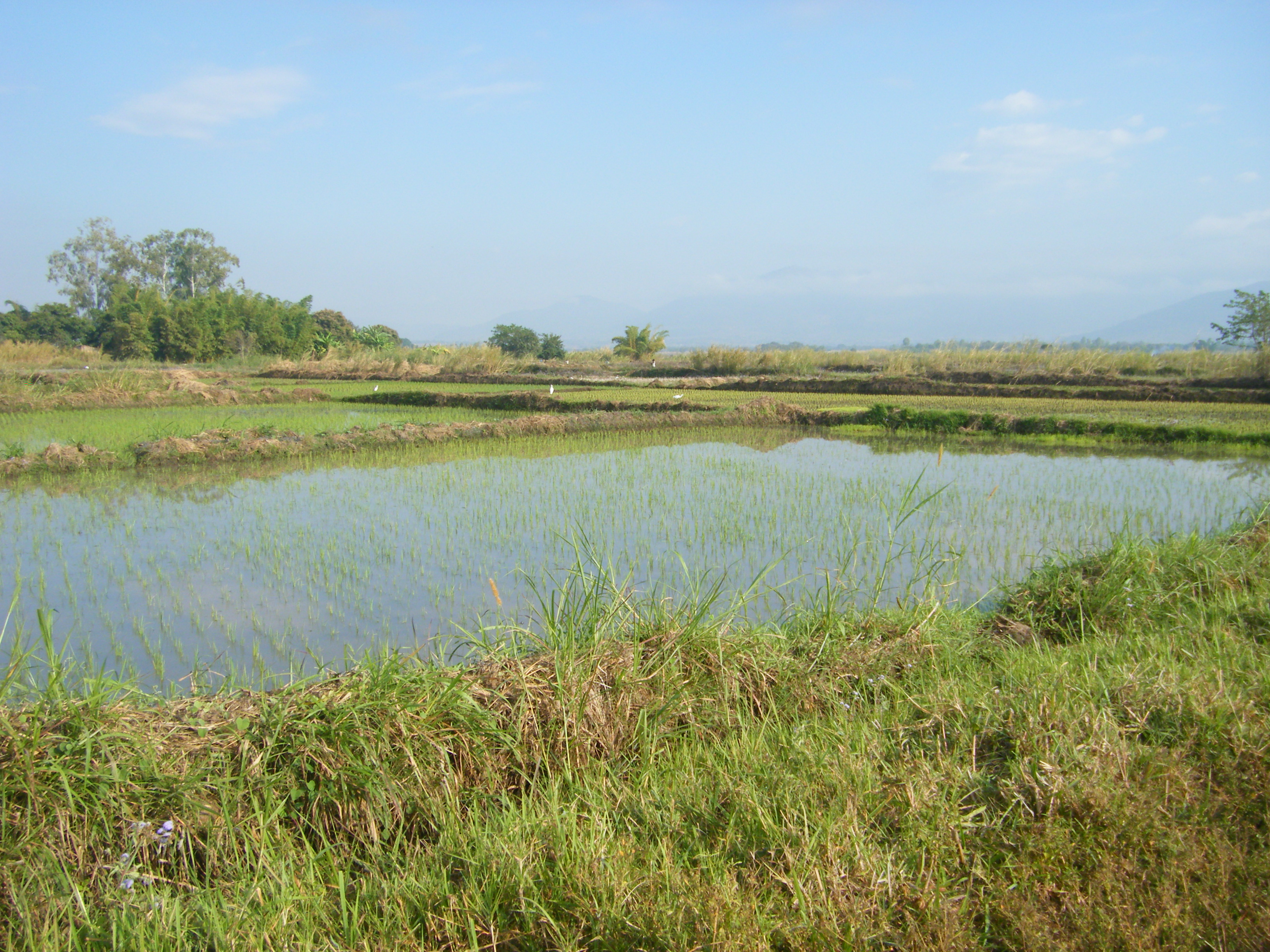
Videos
IRRI: Rice Science for a better world
Living Labs: Mekong River Basin
{jcomments on}
